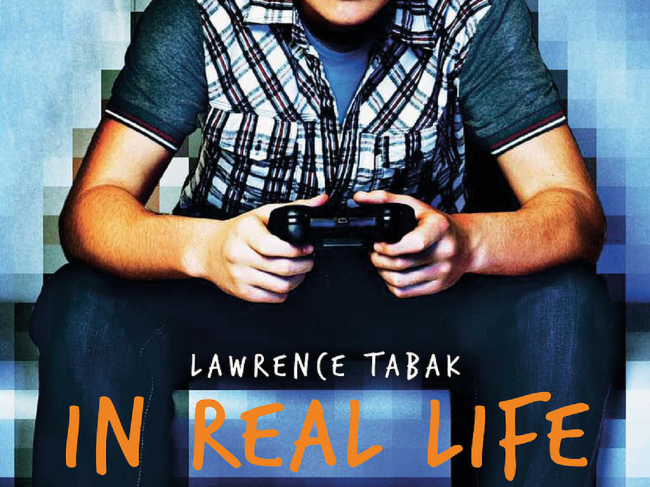 |
(Tuttle) |
For the many Korean young adults who have come to dub Korea “Hell Joseon” for its intense competition and bleak opportunities, it would be hard to imagine their country as a fantasyland.
But in Lawrence Tabak’s novel “In Real Life” -- which might be described as a Judy Blume book for game geeks in the digital age -- Korea is the place where 16-year-old Seth Gordon imagines his wildest dreams will come true.
An American teen obsessed with gaming and living in Kansas, Seth hopes to one day get rich and famous as a professional gamer in Korea, a land where “e-sports are huge” and gamers are worshipped, apparently.
Seth spends most of his time battling on “Starfare” -- a play on the popular online game “Starcraft” -- under the screen name “ActionSeth”; instant messaging with his best friend, “DTerra,” whom he has yet to meet in real life; haunting the Facebook page of a cute girl from school; and being overshadowed by his older brother Garrett, a star basketball player with an unlimited supply of girlfriends.
His parents, who are struggling with a divorce but seem to genuinely care for their son’s well-being, disapprove, naturally. “You’ve got to get off that damn computer and hit the books,” his father tells him.
Despite skipping every other class to train for “Starfare,” however, Seth is actually a math genius who is placed in the senior calculus class and adept at creating algorithms. Even so, “you have to be someone, do something, before the girls pay attention,” thinks Seth, echoing the thought that consumes many a teenage boy. For him, that “something” is gaming.
While Seth is wrapped up in the online world, a lot happens to him “in real life”: he works a part-time job, meets the artsy, vivacious Hannah and is recruited to a Korean gaming team. In the second part of the book, Seth ventures to Seoul, where he experiences loneliness and culture shock in the dizzying megalopolis.
Despite the setup, extensive knowledge of computer games is not necessary to follow Tabak’s novel, whose diary-like narrative centers more on teenage self-consciousness, budding romance, family and the connection between the online and “real life.”
At times, the main character might seem too naturally talented and get by a little too easily to be completely relatable to the average gawky teen. Nevertheless, Tabak creates a likable enough character in the humble, mild-mannered Seth, who has a witty sense of humor and is largely -- often unbelievably -- oblivious to his own intelligence.
Despite the somewhat outdated Korean cultural references, a narrative that inches along and a lack of any tangible conflict, all in all, Tabak’s debut novel “In Real Life” is a lighthearted, pan-cultural coming-of-age story for young adults, rife with Korean names, Internet slang and humor.
By Rumy Doo (
bigbird@heraldcorp.com)








